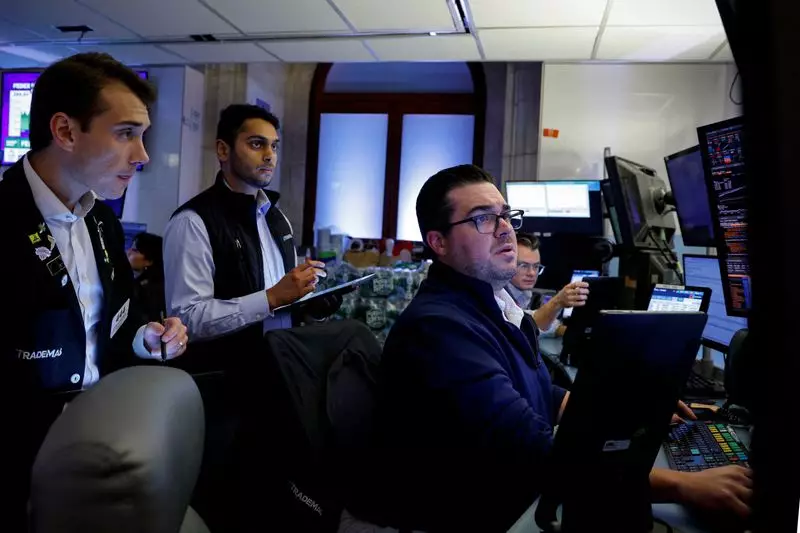The financial landscape in the United States is currently beset by a series of crises that are stirring uncertainty among investors. Recent geopolitical tensions in the Middle East coupled with a significant domestic port strike have caused stock index futures to decline, reflecting a market grappling with external shocks alongside internal disruptions. As the world watches closely, the repercussions of these events on the U.S. economy and its monetary policies become increasingly vital.
Investors were met with alarming news from the Middle East as tensions escalated between Iran and Israel. Following missile attacks launched by Iran in response to Israeli strikes in Lebanon, Wall Street’s primary indexes faced a grim reality, with the S&P 500 and Nasdaq dipping to levels unseen in nearly two weeks. The market reaction demonstrates how sensitive stocks are to geopolitical issues, particularly in regions that heavily influence energy supplies and international relations.
Analysts are trying to gauge the response from both Israel and the U.S., which have pledged retaliation. While defense stocks such as Lockheed Martin and RTX saw modest gains amid these hostilities, there remains a lingering ambiguity regarding the extent of any military engagement. The potential for a de-escalation offers a glimmer of hope for investors, who may wish to see governments prioritizing diplomacy over confrontation. The fluctuating fortunes of oil stocks further illustrate how market participants are pricing risk, with crude prices rising more than 2.5% as fears of supply chain disruptions loom.
In tandem with international strife, domestic issues are equally troubling. A noteworthy dockworkers’ strike along the East and Gulf coasts is already making headlines, with estimates indicating it could cost the economy an astounding $5 billion per day. Such a disruption raises urgent questions about supply chains, inflation, and the ongoing recovery efforts from previous economic downturns.
The strike has prompted several major retailers—including Costco and Walmart—to preemptively brace for its impacts. Despite these companies’ strategic planning, the overall sentiment in the market remains one of caution. Investors are closely monitoring these developments, aware that significant interruptions in logistics and distribution may exacerbate inflationary pressures already nudging against the Federal Reserve’s targeted 2% benchmark.
Looking forward, economic data releases will play a crucial role in shaping investor outlooks. The impending ADP National Employment survey is set to unveil insights into labor market dynamics, critical for understanding broader economic health. Moreover, the much-anticipated non-farm payroll data scheduled for release later in the week adds another layer of complexity to this financial puzzle as it reflects the effectiveness of the Federal Reserve’s recent monetary policies.
With the Fed recently initiating an unconventional 50-basis-point rate cut, focused on nurturing the ailing jobs market, market participants are now recalibrating their expectations. Recent data suggests an increasing likelihood that the Fed may opt for a smaller quarter-percentage-point reduction in its upcoming November meeting, shifting from a prior likelihood of a more aggressive stance.
Amidst these multifaceted issues, the CBOE Volatility Index, often dubbed Wall Street’s “fear gauge,” hovering near three-week highs also signals heightened market anxiety. Investors are advised to remain vigilant as sentiments shift rapidly; amidst international tensions, domestic upheavals, and the ever-watchful eye of the Federal Reserve, it is clear that the path ahead for the U.S. stock market is fraught with challenges.
As the U.S. stock index futures decline amidst geopolitical and domestic turmoil, the influence of global events on local markets becomes stark. Investors must navigate an intricate landscape marked by uncertainty and volatility, keeping a close watch on potential resolutions in both international conflicts and domestic economic stability. The convergence of these elements will undoubtedly dictate market direction in the near term.

